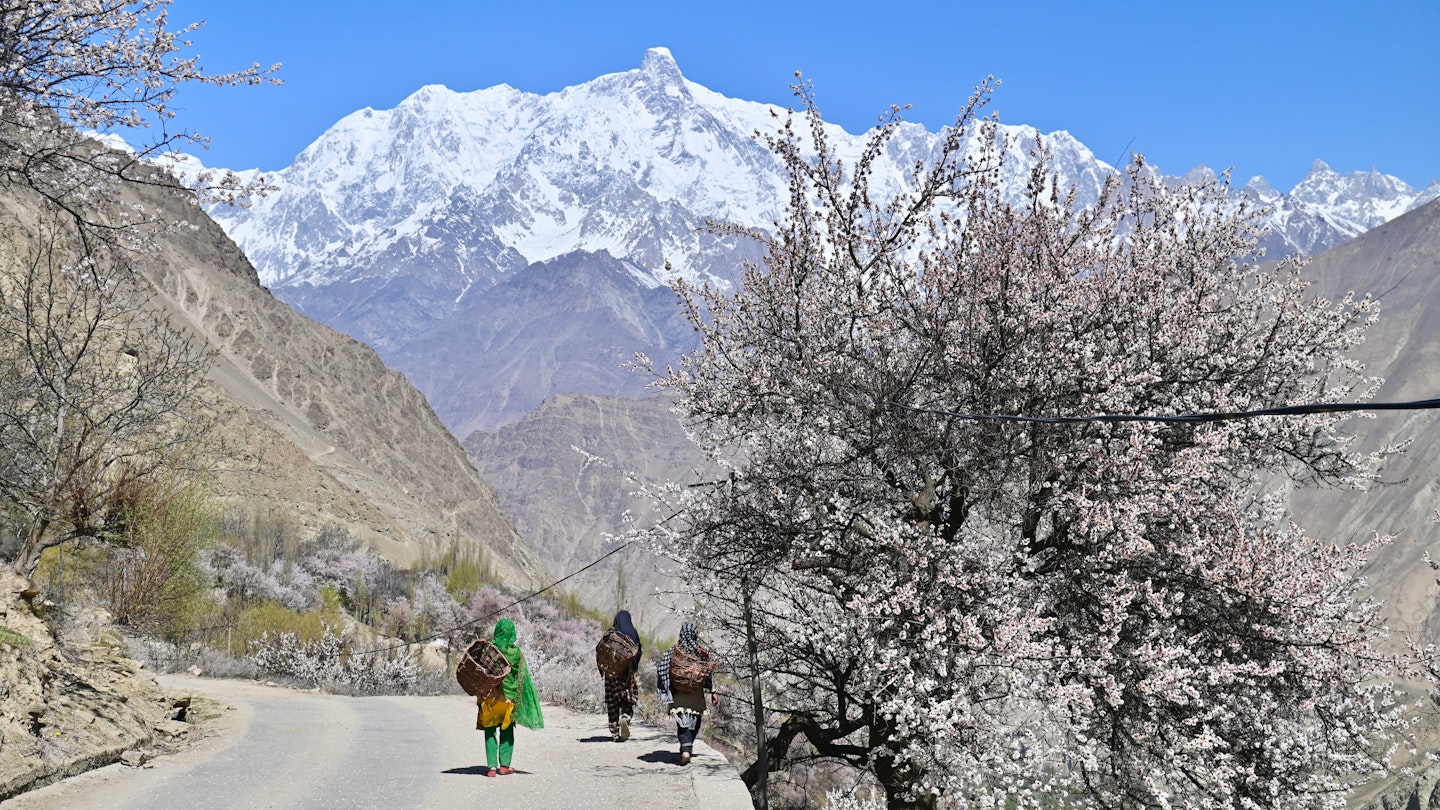When to Visit Pakistan: A Seasonal Guide
The terrain in Pakistan ranges from sea level deserts to the second highest point on earth at the summit of 8611m (28,251ft) K2. Therefore, it isn’t surprising that the country experiences a vast range of climatic conditions. The best time to visit will depend largely on your interests—whether you’re captivated by the dramatic mountain scenery of the north or the rich culture, mosques, bazaars, and archaeological sites of the lowlands.
If you seek variety, consider visiting in October during the shoulder season. However, there are many reasons to enjoy Pakistan throughout the year. Keep in mind the scheduling of local religious holidays, which shift each year with the Islamic lunar calendar, as well as the impact of monsoon rains, which can affect transportation options.
Best Time for Northern Mountains and the Karakoram Highway: April to October
The summer months from April to October are prime for experiencing the breathtaking mountain scenery along the Karakoram Highway. Focus on the regions of Gilgit-Baltistan, Hunza, Chitral, and Skardu where the summer temperatures in the mountains are comfortable.
Between April and September, lowland areas like Punjab become increasingly hot, often exceeding 40°C (104°F). Consequently, if you are traveling north, prepare for a brief time in this heat while passing through urban areas.
June and July see a surge in domestic tourism as many Pakistanis escape the heat, leading to higher accommodation prices. Notably, July hosts the renowned polo festival at Shandur Pass, making early planning crucial. For fewer crowds, cooler weather, and appealing discounts, September and October are our preferred months to visit.
Although the Karakoram Highway remains open year-round, the Pakistan-China border can close during winter months (November to March). Monitoring local conditions is essential for up-to-date travel plans.
Exploring Sindh and the Punjab: Winter from November to March
Central and southern Pakistan boast numerous historical and archaeological treasures, from the ancient city of Moenjodaro to expansive walled forts and Sufi shrines central to the region’s Islamic heritage. Spring and summer months can be intensely hot, while winter temperatures provide a comfortable visiting experience.
The southern province of Sindh remains warm during December and January, ideal for exploring its coastal city Karachi. Although November to March is generally favorable for Punjab as well, air quality issues due to crop burning can make December especially hazy.
While mountainous areas in northern Pakistan can experience heavy snowfall, major highways still operate, providing stunning views for visitors prepared for cold weather.
Combining Mountains and Culture: October and November
For travelers wishing to experience the majestic scenery of mountainous regions such as Hunza alongside the cultural richness of central Pakistan, autumn serves as the perfect opportunity. During October, you’ll be treated to breathtaking fall colors amidst the towering peaks, enhancing your travel experience.
Optimal Months for Trekking in the North: July and August
By June, mountain passes begin to open, but for those aiming to trek across high altitudes, July offers the best conditions. Although August continues to provide snow-free trails, it’s important to recognize this month brings a higher likelihood of rain and flooding due to monsoon effects.
If you’re considering one of the most remarkable treks, the K2 Base Camp trek is highly recommended. This adventure can typically be done from mid-June to mid-September, with July being the optimal choice for high success rates and clear paths.
March to April: Spring Blooms in Mountain Valleys
For those more inclined to appreciate the scenic beauty of mountains rather than hiking, spring unveils one of the most picturesque times in valleys such as Hunza, Swat, and Chitral. April especially showcases stunning apple, cherry, and apricot blossoms. However, travelers should be mindful of the rising temperatures in southern regions during this time.
Monsoon Considerations: July and August Risks
The annual monsoon rains usually arrive by mid-July, impacting southern regions the most. Coupled with the extreme heat, these conditions can lead to severe flooding particularly in August. Notably, the catastrophic floods in 2022 had devastating impacts across the country, notably in Punjab and Sindh; avoiding travel during these months is wise.
Islamic Festivals Impacting Travel
Travelers should also note that major religious festivals in Pakistan follow the Islamic lunar calendar, causing their dates to shift annually. The month of fasting, known as Ramzan in Pakistan, has the most influence on travel, as dining options are significantly limited from dawn to dusk. In 2024, Ramzan will begin around March 11, concluding around April 10 with Eid-ul-Fitr, a public holiday celebrated widely across the country.
Other significant festivals include Ashura (July 16-17, 2024) and Eid-ul-Azha (commencing June 17, 2024), along with colorful urs celebrations honoring Sufi saints.





